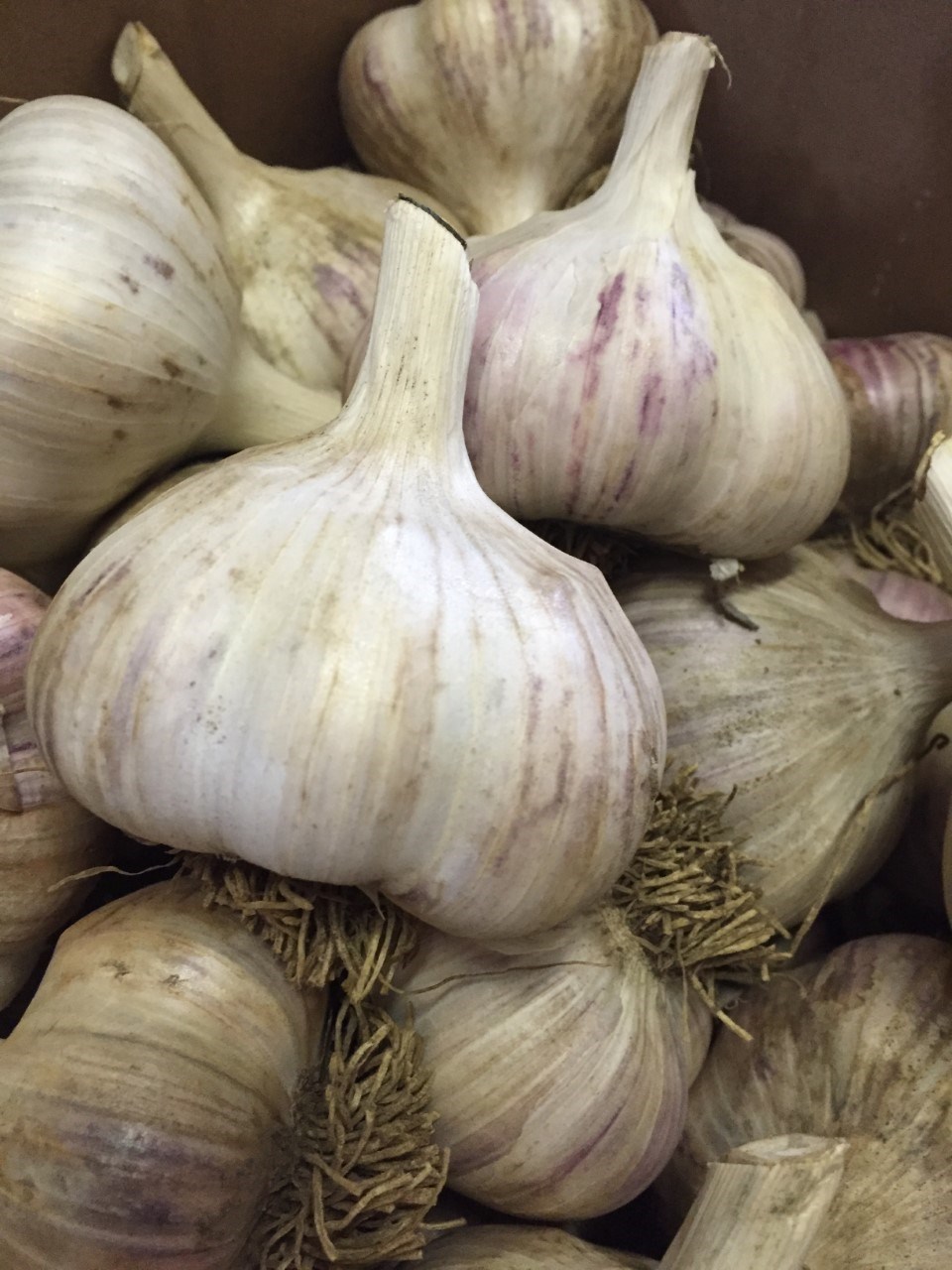The following column was submitted to the Tri-City News from Brian Minter — master gardener, best-selling author, Order of Canada recipient and co-owner of Minter Country Garden Store.
Growing garlic has become a wonderful venture for so many new gardeners.
It’s probably one of the most viable winter crops in the Lower Mainland because of our great fall and winter growing conditions, except for our atmospheric rainstorm last year.
It’s important to raise this topic now as the first day of fall, Sept. 22, is the traditional planting time.
Many varieties of garlic can easily be grown here, and it’s nice to try a few different ones to see which varieties perform best for you.
I have to say that the two most popular and successful are the ‘Elephant’ and ‘Russian’ varieties.
One of the major Canadian bulb suppliers has made several hard-to-find varieties widely available to garden stores in BC. ‘Russian Red’, ‘Legacy’, ‘German White Hardneck’, ‘Music’ and ‘Bogatyr’ are all usually available at local garden stores to plant and trial in your own garden.
For the greatest success, plant garlic in very well-draining soil.
It’s going to rain a great deal this fall and winter, so it’s important to drain excess moisture away quickly. Raised beds are also far better for optimum production. Even if you hill up the soil in berms 8 to 12 inches deep and wide, that’s better than level ground – and it’s warmer too. Last year we had great success growing garlic by adding plenty of organic matter, like mushroom compost, to the soil. What a difference!
Once the cloves are broken up, I plant each portion of the clove about three inches deep and four to five inches apart. An application of fine bone meal helps in the rooting process, but it’s not absolutely necessary. As heavy rain may wash some of the soil away, watch to make sure the bulbs stay in the soil and are not exposed. If that happens, just push them in a little deeper.
Keep the planting area clean and weed free over the winter, and depending upon the type of weather we have, you may see the garlic leaves appear in December. Don’t panic, it’s a normal growth pattern.
In late winter as the days warm up, the growth really begins, and that’s when I top dress either with an organic fertilizer or with something like a 10-15-19 fertilizer with micronutrients for optimum clove production.
In June, you’ll get lots of curly scapes which are the new ‘hotties’ for stir-fries and many other recipes. Harvesting them will not affect the growth of your cloves. If your garlic begins to form seed heads, please remove them to allow all the growing energy to increase the size of your cloves. By mid to late July, you will be ready to harvest. Enjoy the garlic fresh or dry it thoroughly for keeping long-term or for planting out next September.
Garlic is very easy to grow and will make a wonderful addition to your winter garden. Give it a try!

.jpg;w=80;h=120;mode=crop)


